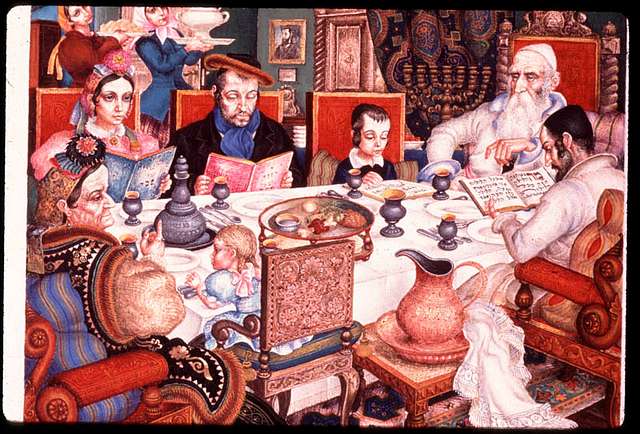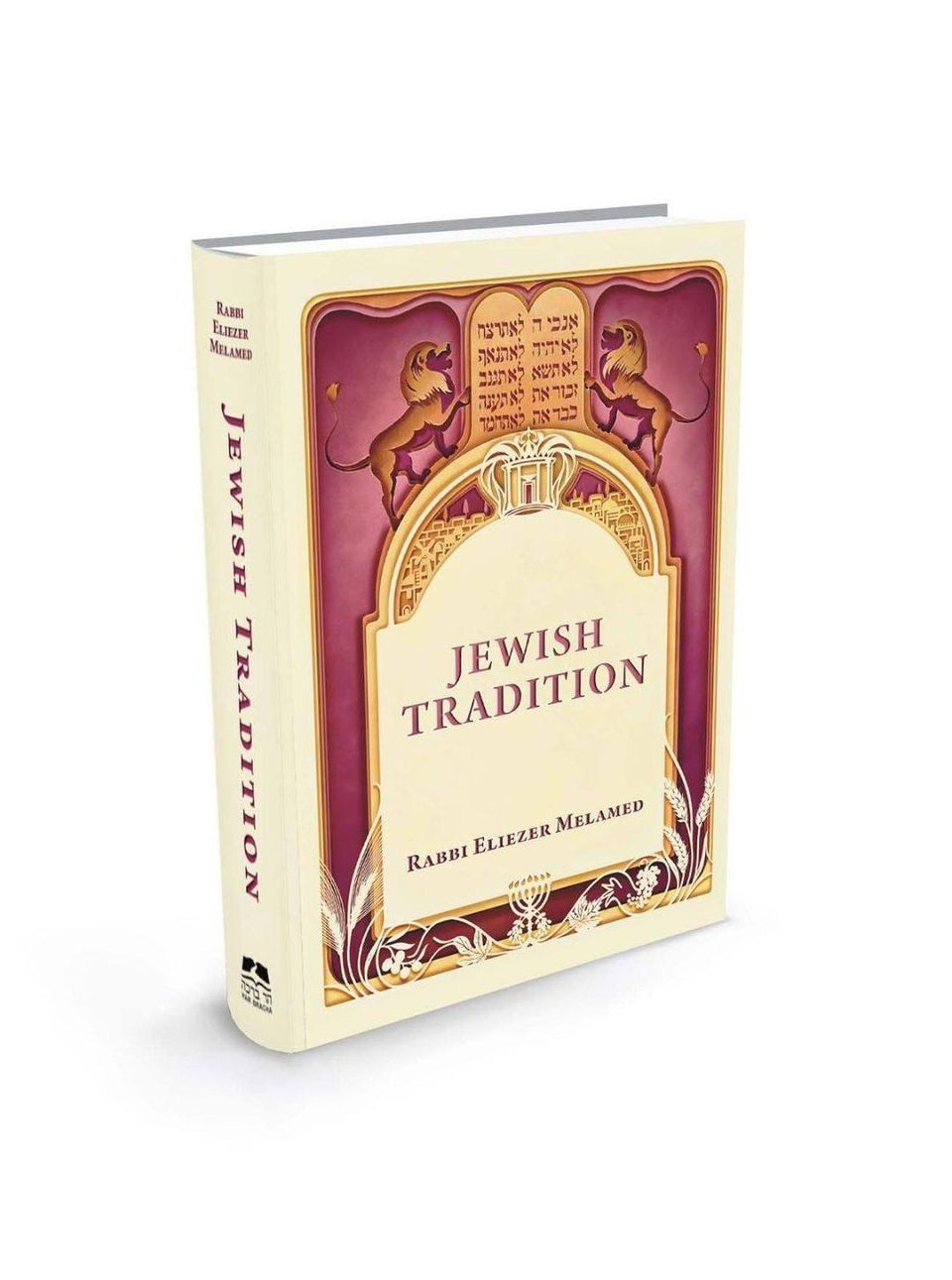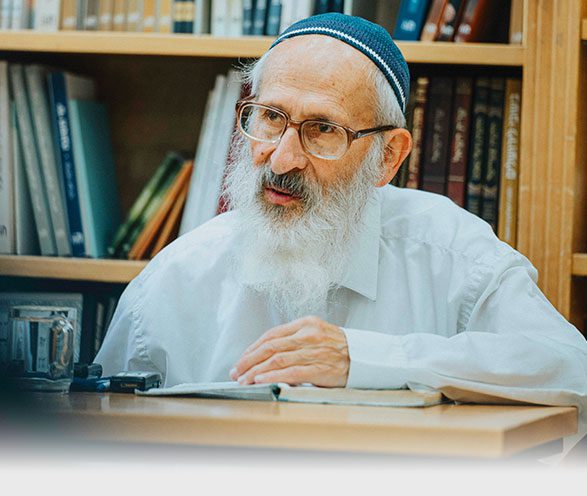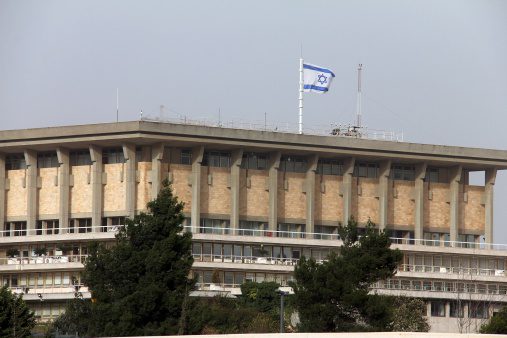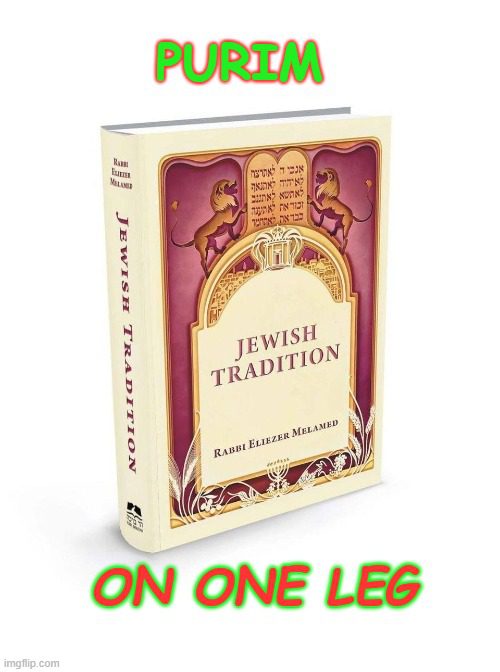THE END OF GALUT
by Tzvi Fishman
For a long time now I have been searching for a way to express a profound feeling in the depths of my being – the feeling that Jewish life outside of the Land of Israel is not real life. Call it survival. Call it existence. Not life.
 I don’t mean to be condemning or critical. I seek only to describe a feeling I experience whenever I return to the Galut. Let me compare it to the story in the movie “The Truman Show.” The hero thought his life was real until he discovered it was all a charade. Perhaps, the movie “The Matrix” has a similar theme. What the characters believed was normal existence wasn’t reality at all. The life of the Matrix was all imaginary, an illusion, like a “Twilight Zone” scenario that you wake up from and discover it is all a bad dream.
I don’t mean to be condemning or critical. I seek only to describe a feeling I experience whenever I return to the Galut. Let me compare it to the story in the movie “The Truman Show.” The hero thought his life was real until he discovered it was all a charade. Perhaps, the movie “The Matrix” has a similar theme. What the characters believed was normal existence wasn’t reality at all. The life of the Matrix was all imaginary, an illusion, like a “Twilight Zone” scenario that you wake up from and discover it is all a bad dream.
Ever since making Aliyah 35 years ago, whenever I had to descend to America to visit my family or to perform some mitzvah like raising funds for a yeshiva in Israel, immediately upon landing I felt that there was no Kedusha in the air. I felt as if I couldn’t breathe. Everything seemed empty, hollow, like a Hollywood movie studio that is merely building facades without real 3-D buildings. I found support for this strange sensation in the writings of Rabbi Kook in his book “Orot.” He writes:
“The more one is incapable of tolerating the air outside the Land of Israel; the more one feels the impure spirit of the defiled land – this is a sign of a more interior absorption of the Kedusha of the Land of Israel, of the sublime kindness which will never abandon the person who has merited to take refuge in the clear umbrage of the Land of Life, even in his distant journeys, even in his Exile, and in the land of his wanderings.
“The strangeness that one feels outside of the Land of Israel causes a greater bond with the inner spiritual desire for Eretz Yisrael and its Kedusha. The yearning to see the Land increases, and the vision of the concrete, holy image of the Land which the eyes of G-d are always upon from the beginning of the year until the end becomes deeper and deeper. And the depth of the holy yearning of the love of Zion, of remembering the Land to which all the good things of life are bound – when this valorously increases in the soul, even in one individual – behold, it acts like an overflowing spring to all of the Clal, to the myriads of souls which are bound up with him, and the voice of the shofar of the ingathering of the outcasts awakens; and great mercy increases; and the hope of life for Israel sparkles; and the planting of G-d develops and blooms; and the light of Salvation and Redemption spreads out and out like the dawn which stretches over the mountains” (Orot 1:6).
Elsewhere in “Orot,” Rabbi Kook writes:
“The Judaism of the Exile, if not for the sustenance it receives from the dew of life which it imbibes from the holiness of Eretz Yisrael, would not have any basis of existence in and of itself, other than the imagination in the heart of visions filled with hope and exquisite pictures of the future and the past” (Orot HaTechiya 8).
In other essays, Rabbi Kook explains that these visions are our dreams of our glorious Biblical past, and our dreams of Israel’s future glory when the nation will ascend to Yerushalayim for the pilgrimage Festivals to the Third Beit HaMikdash, where splendidly-dressed Kohanim will perform the joyous service of the holiday offerings while the Levi’im play heavenly tunes on their musical instruments.
“However, there is a limit to the power of this visualization of the heart to support the burdens and vicissitudes of life (in the Exile) and, with this power alone, to forge pathways for the Nation’s existence; and it appears that this life-supporting infusion has already been depleted.
“Because of this, Judaism in the Exile declines exceedingly and it has no hope except to transplant it to the source of life, of real life, the life of genuine holiness which can only be found in Eretz Yisrael.”
In other words, the Galut cannot existence forever. It lacks the necessary life-giving holiness to sustain it. Thus the Galut must come to an end and the Jews of the Diaspora must relocate to Eretz Yisrael in order to survive. Rabbi Kook writes:
“Even a single spark of this real life will provide a very great injection to sustain further visualization” (enabling a connection to true Israelite life).

This means that a person’s yearning to return to Eretz Yisrael and to acquire a permanent attachment to its exalted holiness can be inspired by a “single spark” – a photograph of the Holy Land, a shiur, a blog on the Internet, a post on Facebook. Like a heart-shock defibrillator, these sparks of holiness can revitalize a Jew in Exile and inspire him or her to come home.
Rabbi Kook explains:
“The real life of a Judaism infused with holiness can only be revealed with the return of the Nation to its Land. This is the way paved for its return to life and its revival. All of the grandeur of the Nation’s spirit and of the vision in its heart will rise and awaken to life according to the measure that the concrete foundation (the settlement of Eretz Yisrael) will be established to revive the fading vision.”
This should not come as any great surprise. After all, this is the vision of the Prophets of Israel. This is the oft-repeated promise of the Torah itself. Moshe Rabenu, in his prophecies of rebuke and Redemption, paints a detailed picture of the anti-life of Galut, to be followed by Hashem’s reconciliation with His wayward children and His guarantee to return the Jewish People to its eternal Homeland. Thus Rabbi Kook writes: “The concept of Judaism in the Diaspora will only find true strength through the depth of its involvement in Eretz Yisrael. Only through its longing for Eretz Yisrael will Diaspora Judaism consistently receive its inherent qualities. The yearning for Salvation gives the Judaism of the Diaspora its power of stamina; whereas the Judaism of Eretz Yisrael is the Salvation itself” (Orot 1:1).


